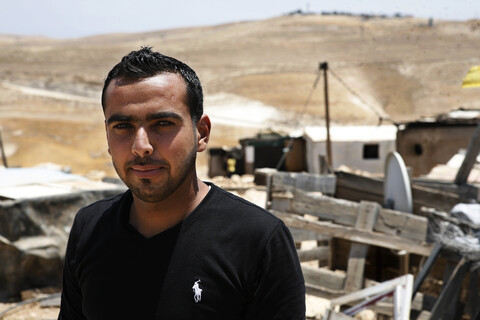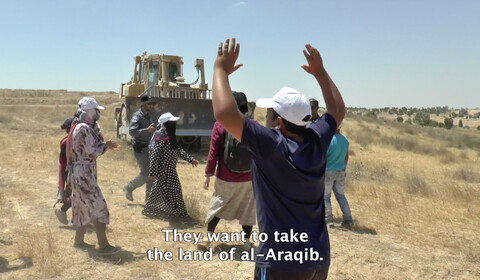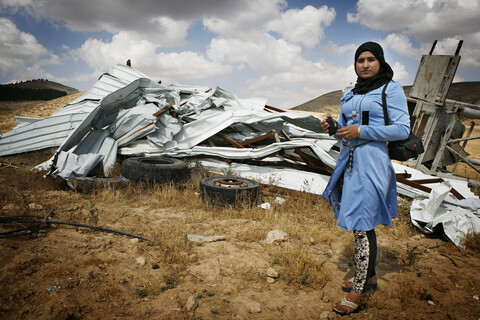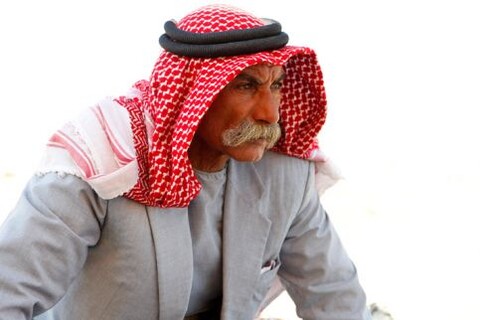The Electronic Intifada 11 November 2015

Sheikh Sayah al-Turi, head of the village, stands close to the ruins of his home in 2010. “We will not leave, we have documents proving this is our land and we will not leave,” he said.
“It is in the Negev that the creativity and pioneer vigor of Israel will be tested,” goes the quotation attributed to the state’s first prime minister, David Ben-Gurion.
If anything, it is the creativity and resilience of the southern Naqab (Negev in Hebrew) desert region’s indigenous Bedouin population that’s been put to the test in the decades since Ben-Gurion’s rule.
One such village, al-Araqib, is not formally recognized by the state. It has been demolished 90 times and counting in the past five years.
Its residents resist Israel’s efforts to forcibly transfer them and bury their land under forests planted by the Jewish National Fund.
Once a thriving community of 35 families, al-Araqib has been reduced to five tents inhabited by 20 people.
Israel’s policy towards rural communities in the Naqab is the same as in the occupied West Bank — to push Palestinians off the land on which they depend, and to concentrate them in the smallest areas possible.
Silvia Boarini is a photojournalist based in Bir al-Saba and is currently working on a documentary about Naqab Bedouins.
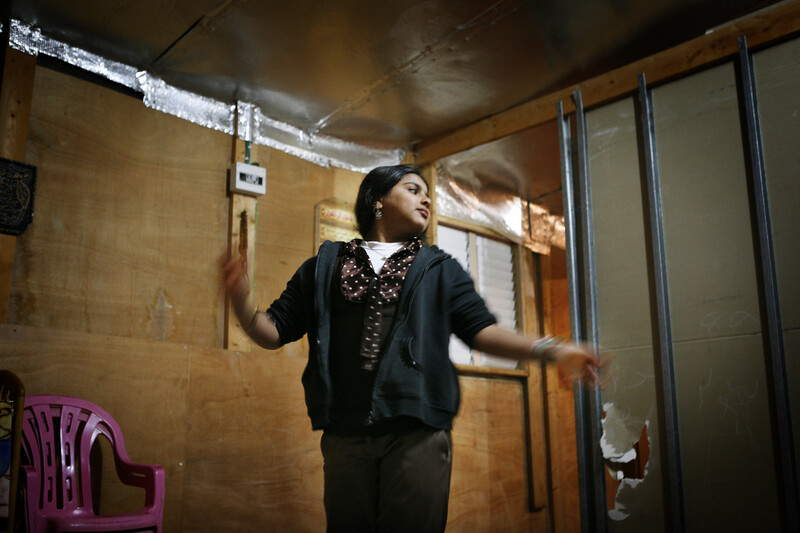
Fatima dances in her bedroom before the first demolition of al-Araqib village in September 2010.
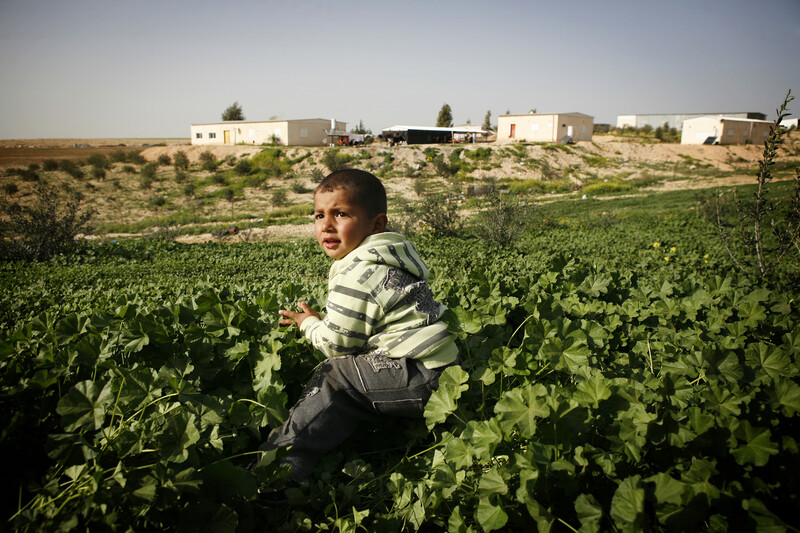
Mohammed plays in the lush green winter landscape of the Naqab in early 2010. In the background are houses razed to the ground in July that year.
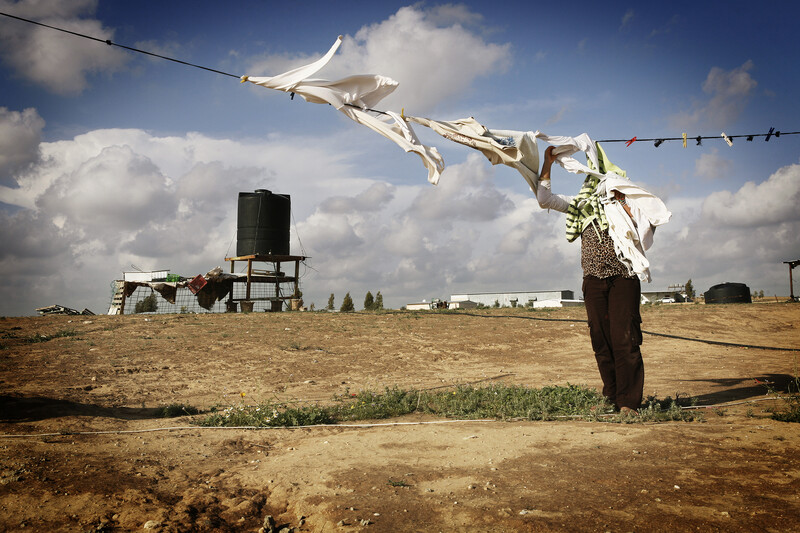
Fatima hangs clothes to dry in September 2010. Before the demolition that year, al-Araqib was home to three dozen families living in large tents or homes constructed with wood or plaster.
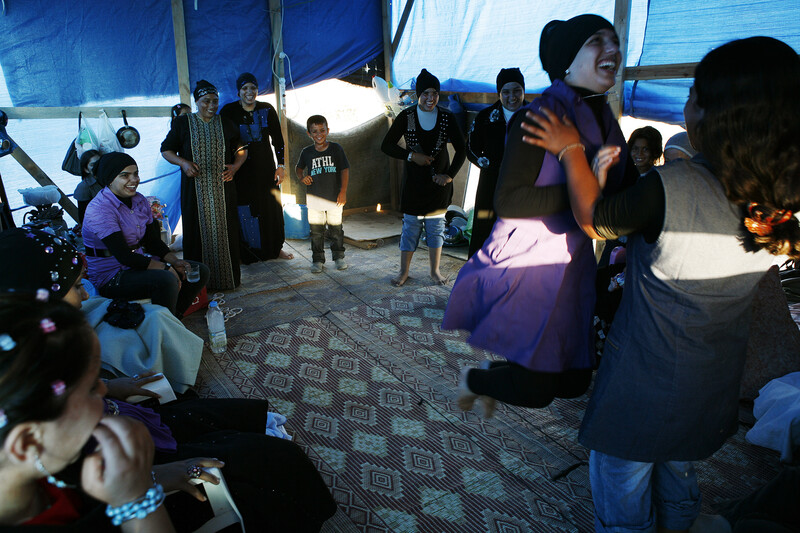
A few months after the first demolition, the village was partially rebuilt with tents in which residents celebrated the conclusion of Ramadan in September 2010.
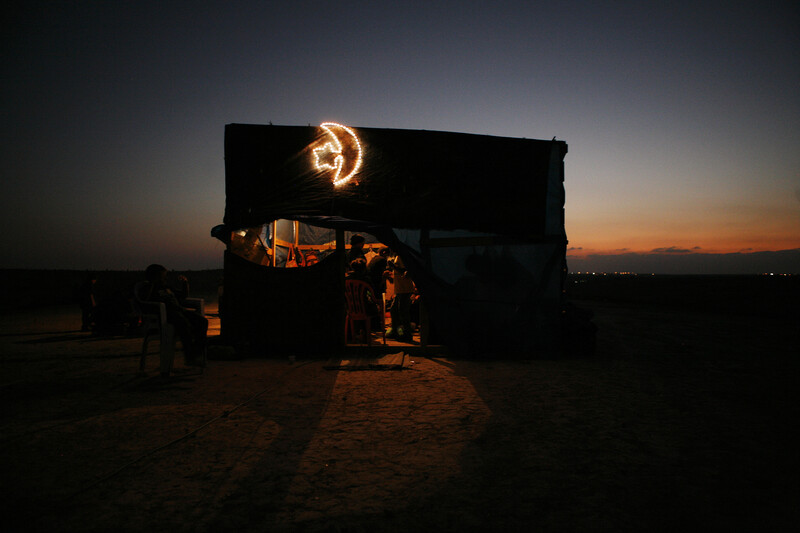
Hala’s and Fatima’s new home, built with materials salvaged from their demolished one, photographed in September 2010.
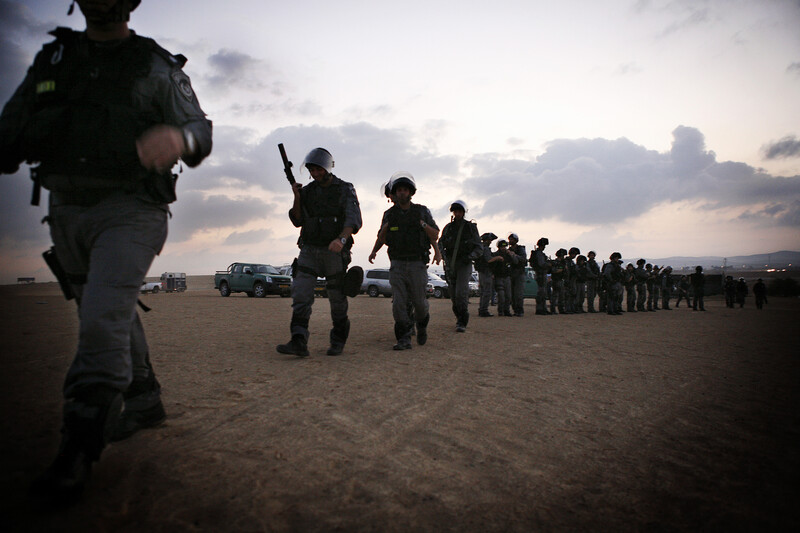
Since it was first demolished on 27 July 2010, al-Araqib, seen here in September that same year, has been razed 89 more times.
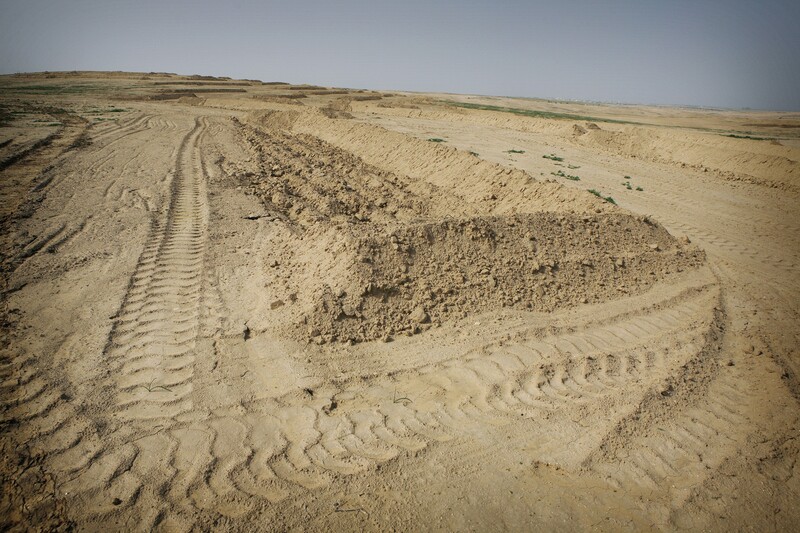
Machinery tracks left behind in al-Araqib following a demolition in 2010.
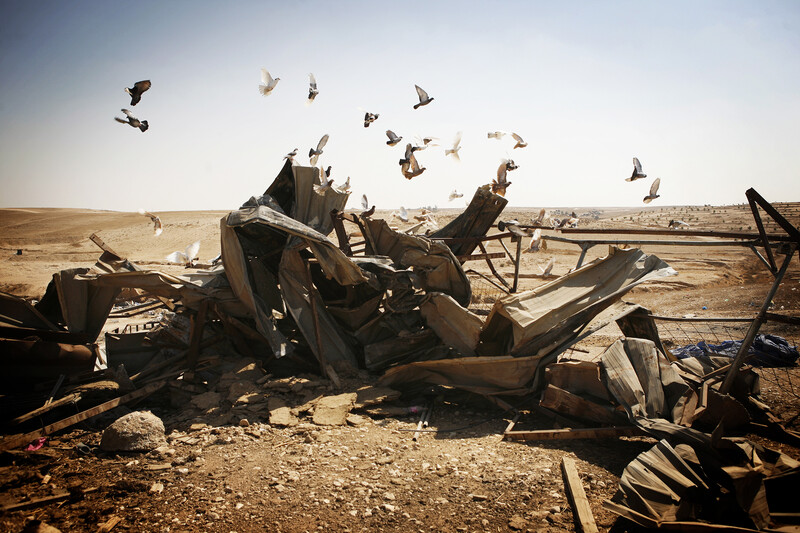
The remains of an animal pen in al-Araqib destroyed by Israeli authorities, photographed September 2010. It is now impossible for villagers to keep livestock, badly impacting their income. Most families have left to the nearby urban township of Rahat as a result.
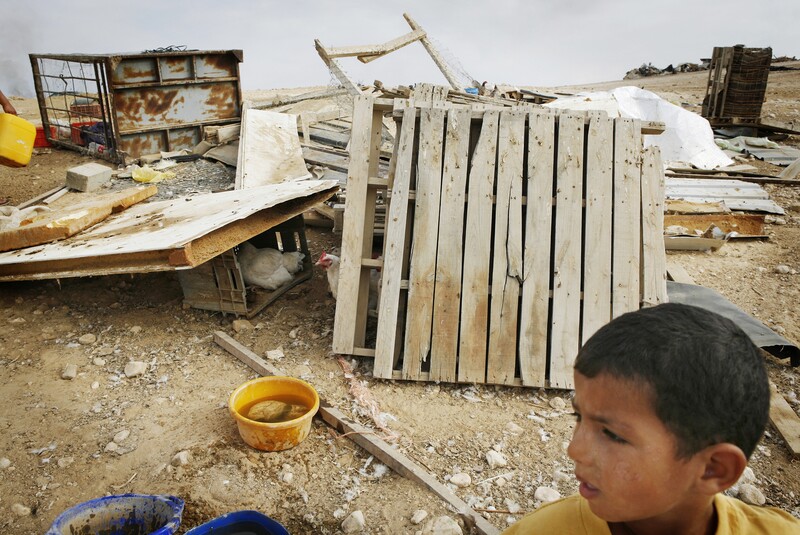
Mohammed next to piles of demolished structures in September 2010.
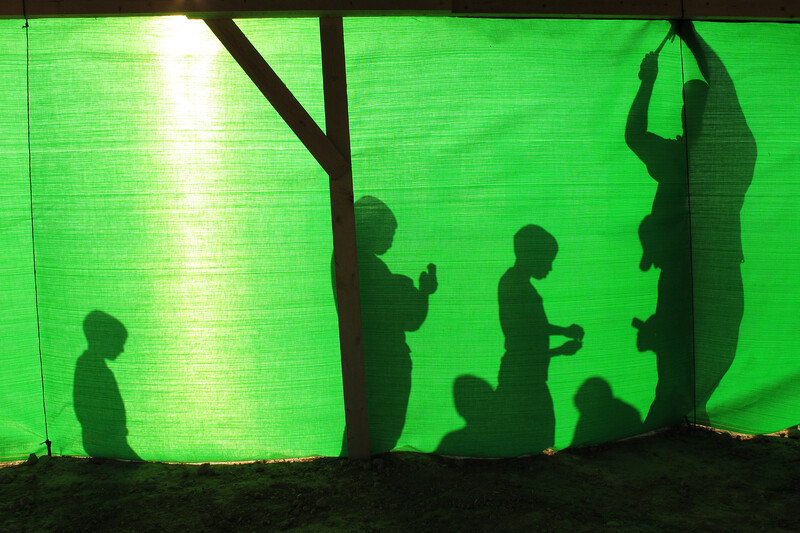
A family rebuilds after a demolition in al-Araqib, 2011.
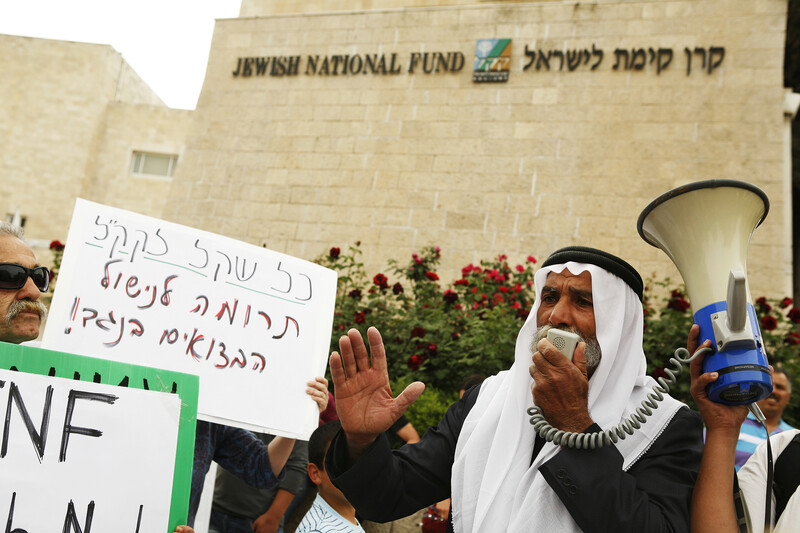
Sheikh Sayah speaks at a demonstration outside the Jewish National Fund’s headquarters in Jerusalem in 2012.
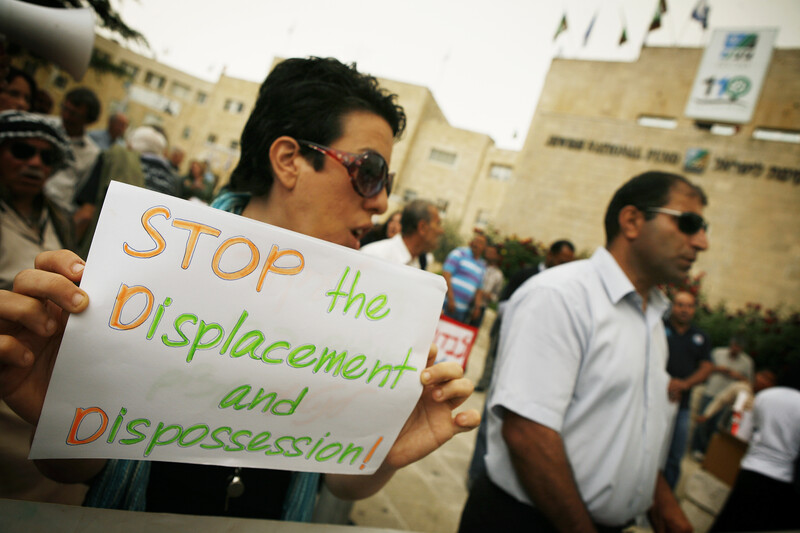
Jewish and Bedouin activists gather outside the Jewish National Fund’s headquarters in Jerusalem in 2012.
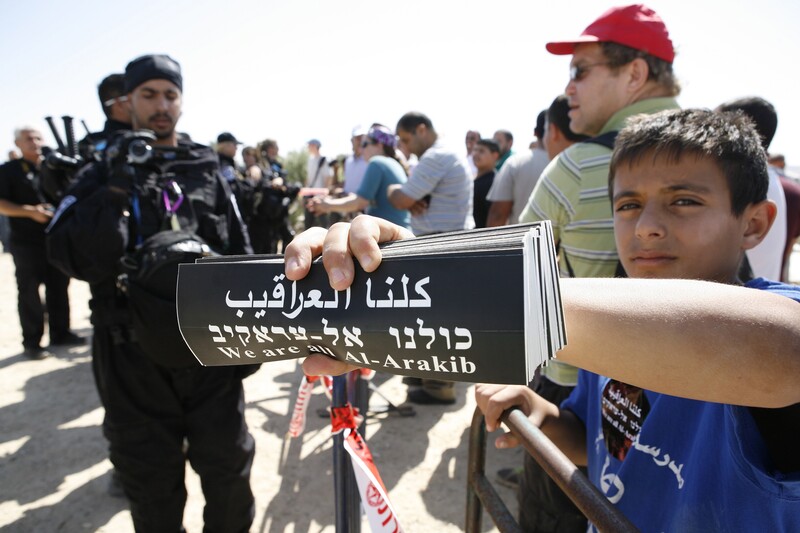
During a demolition in 2014, a child holds up a sticker with a slogan of al-Araqib’s struggle.

In June 2014, Israeli forces demolished the structures built next to al-Arqaib’s cemetery. The area had not been demolished previously due to its sensitive location. During the demolition, the mosque’s minaret was taken down.
